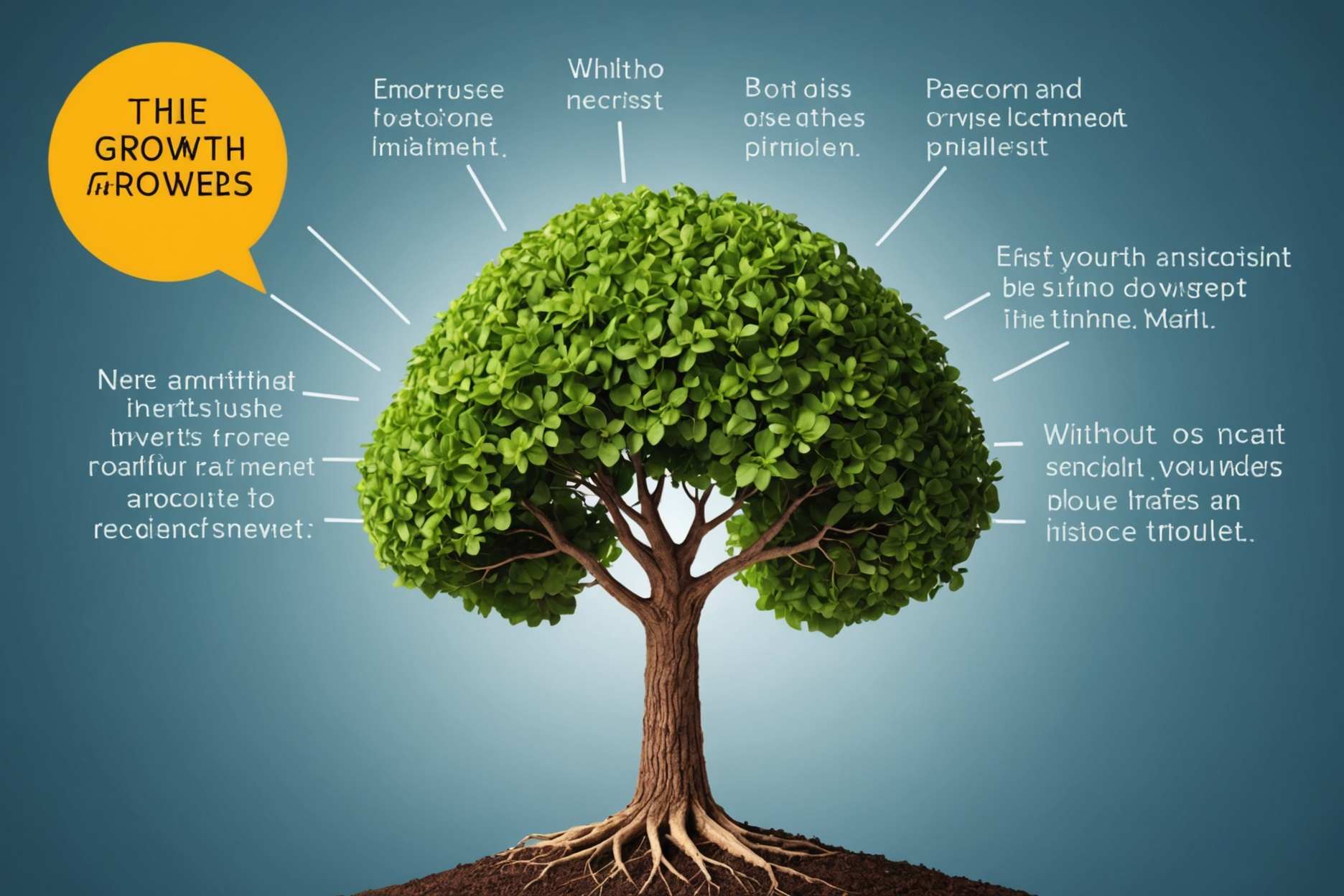
When you buy through links on our articles, Future and its syndication partners may earn a commission.

Two bright meteors were caught slamming into the moon on Thursday (Oct. 30) and Saturday (Nov. 1), by Japanese astronomer Daichi Fujii, curator of the Hiratsuka City Museum. The flashes, visible from Earth for just a split second, were caused by space rocks striking the lunar surface at high speed, producing brief but brilliant explosions of light.
As the Southern Taurid meteor shower approaches its peak around Nov. 5 and the Northern Taurids follow on Nov. 9, meteors are already lighting up Earth's skies — and apparently that of the moon as well. Fujii recorded the impacts using cameras aimed at the moon's nightside, sharing the dramatic videos on his X account.
The first collision occurred at 8:30 p.m. Japan Standard Time (6:30 a.m. EST or 1130 GMT) on Oct. 30, while the second happened at 8:49 p.m. Japan Standard Time (6:49 a.m. EDT or 1149 GMT) on Nov. 1.
According to Fujii, the Oct. 30 flash appeared east of the Gassendi Crater. Based on his calculations, the impactor was likely part of the Taurid meteor stream, striking the moon at a velocity of 27 km/s (60,000 mph) and an angle of 35 degrees. The meteoroid's estimated mass was 0.4 pounds (0.2 kilograms), excavating a crater about 10 feet (3 meters) wide and producing a flash lasting just 0.1 seconds.
"The pixels were saturated, so it's possible the flash was even brighter than the recorded data suggests", Fujii told Space.com.
The second flash, on Nov.1, appeared west of Oceanus Procellarum, one of the moon's largest lunar maria.
While it's not yet confirmed whether these impacts originated from the Taurids or were simply sporadic meteors, Fujii notes the timing aligns with the showers' period of increased activity. This marks the latest in a series of lunar impact observations by Fujii, who has become one of the leading recorders of such events.

"I started observing lunar impact flashes around 2011 and have been continuously observing since 2020," Fujii said. "With my 20cm telescope, I typically detect about one impact flash every few dozen hours of observation. Because the thin crescent moon is visible only briefly and often low in the sky where thin clouds are common, I only observe a few dozen flashes per year".
Fujii has documented a total of 60 flashes so far.
Unlike Earth, which is shielded by a thick atmosphere that vaporizes most meteors before they reach the ground, the moon's virtually non-existent atmosphere means there is nothing to slow down incoming meteors, sending them crashing into its surface at speeds of 45,000 to 160,000 mph (20 to 72 km/s) — releasing powerful bursts of light and heat on impact.
Such impacts can excavate craters tens of feet across, even from meteoroids weighing just a few pounds. For example, a rock just 11 pounds (5 kilograms) in mass can gouge a crater more than 30 feet (9 meters) wide and eject over 75 metric tons of lunar soil and rock, according to NASA.
latest_posts
- 1
 Germany's Merz under fire in Brazil for his comments on Amazon host city of COP30
Germany's Merz under fire in Brazil for his comments on Amazon host city of COP30 - 2
 New law puts familiar drinks, creams and gummies in legal limbo
New law puts familiar drinks, creams and gummies in legal limbo - 3
 German finance minister sees advantages of smartphones in schools
German finance minister sees advantages of smartphones in schools - 4
 2 ways you can conserve the water used to make your food
2 ways you can conserve the water used to make your food - 5
 Change Your Home into an Exercise center with These Famous Wellness Gadgets
Change Your Home into an Exercise center with These Famous Wellness Gadgets
 Proficient Cultivating Devices for a Lovely and Useful Nursery in 2024
Proficient Cultivating Devices for a Lovely and Useful Nursery in 2024 Incredible Shows to Long distance race on a Plane
Incredible Shows to Long distance race on a Plane Melodic Event: A Survey of \Energies and Exhibitions Assessed\ Live concert
Melodic Event: A Survey of \Energies and Exhibitions Assessed\ Live concert Vote in favor of Your Fantasy Vehicle: Which Notable Model Catches Your Heart?
Vote in favor of Your Fantasy Vehicle: Which Notable Model Catches Your Heart? Displaced Palestinian families suffer as heavy rains flood Gaza tent camps
Displaced Palestinian families suffer as heavy rains flood Gaza tent camps Instructions to Figure out the Various Phases of Cellular breakdown in the lungs
Instructions to Figure out the Various Phases of Cellular breakdown in the lungs Moderna to complete US mRNA manufacturing network with $140 million investment
Moderna to complete US mRNA manufacturing network with $140 million investment The Response to Self-improvement: Embracing a Development Outlook
The Response to Self-improvement: Embracing a Development Outlook Investigating the Financial History of the World: A Succinct Outline
Investigating the Financial History of the World: A Succinct Outline













